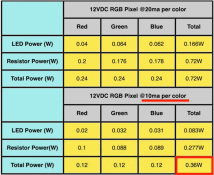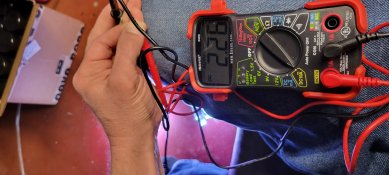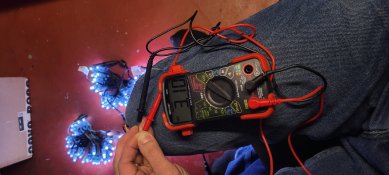janastas
Full time elf
- Joined
- Nov 30, 2020
- Messages
- 120
Howdy all,
Now that the blinky season is over just doing some planning for 2023 and looking at purchasing new gear to play with.
One of the questions that popped into my head is the max safe wattage you should be able to get from a standard 240V power point in Austalia.
From what I've read online standard 240V power points should be able to handle max 10A current. (P = VI so 240 x 10 = 2400W)
For my 5V light show if running at 100% brightness and the max current per pixel is 0.06A we're looking at 0.3W per pixel (8,000 pixels off a single power point), I usually run at about 30% brightness so assuming I could easily triple the number of pixels to 24,000 pixels!
Not that I'm going to get to 8,000/24,000 pixels any time soon but should I dial down the expecations to 75% of this and say 6,000/18000 would be a safe bet?
Now that the blinky season is over just doing some planning for 2023 and looking at purchasing new gear to play with.
One of the questions that popped into my head is the max safe wattage you should be able to get from a standard 240V power point in Austalia.
From what I've read online standard 240V power points should be able to handle max 10A current. (P = VI so 240 x 10 = 2400W)
For my 5V light show if running at 100% brightness and the max current per pixel is 0.06A we're looking at 0.3W per pixel (8,000 pixels off a single power point), I usually run at about 30% brightness so assuming I could easily triple the number of pixels to 24,000 pixels!
Not that I'm going to get to 8,000/24,000 pixels any time soon but should I dial down the expecations to 75% of this and say 6,000/18000 would be a safe bet?





